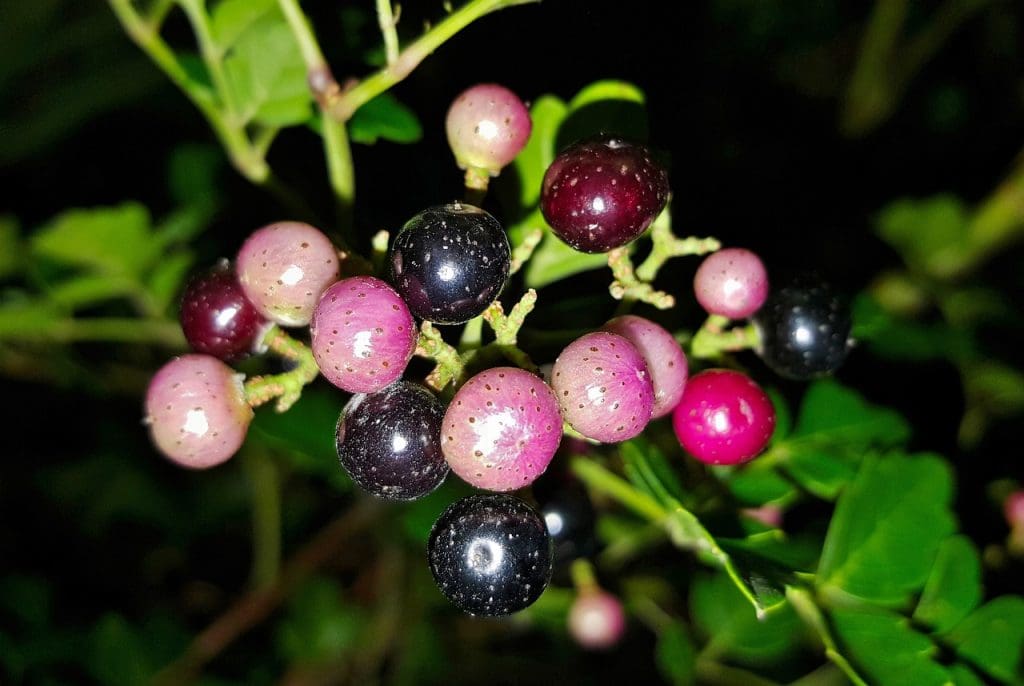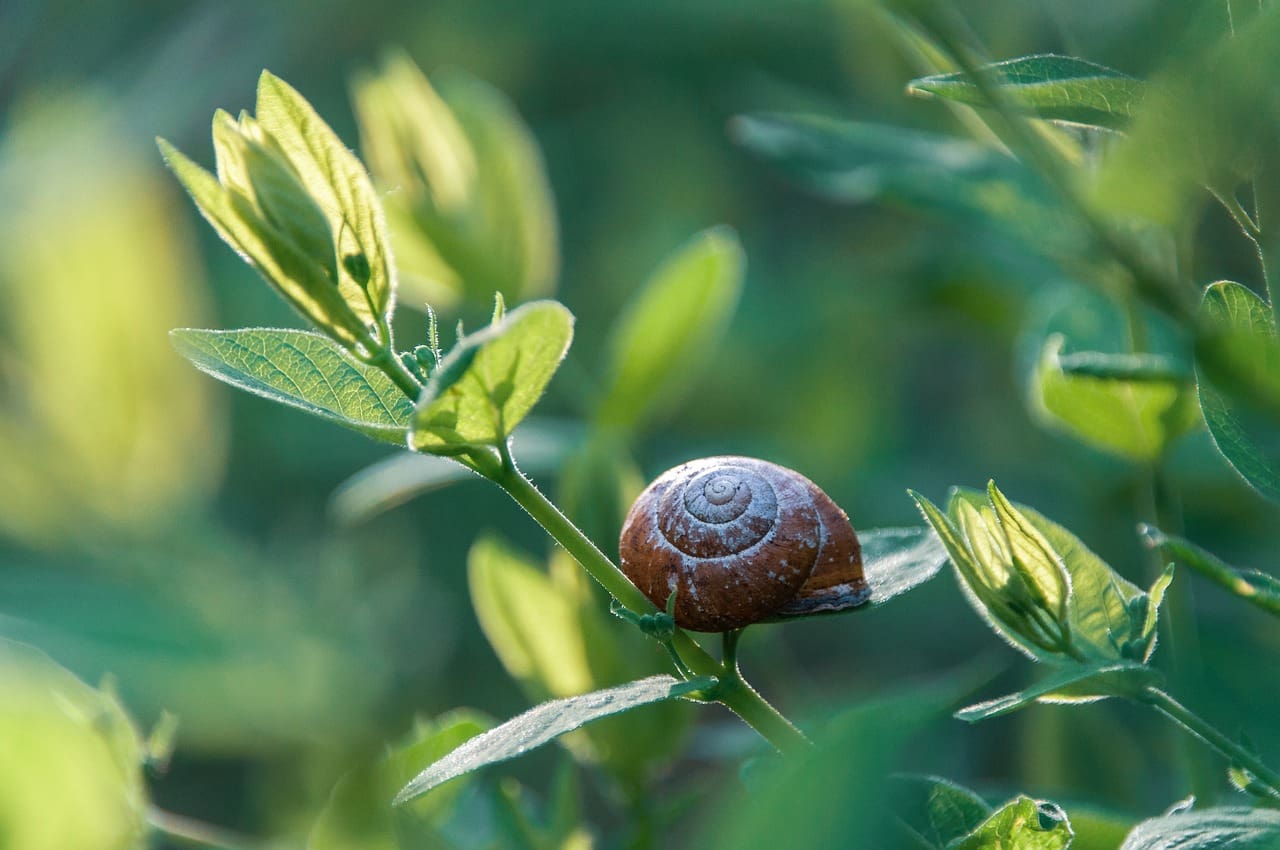Have you ever wondered how a single plant species can disrupt entire ecosystems? Alligator weed (Alternanthera philoxeroides) is one such invasive plant that has caused significant ecological impacts where it invades. Understanding these effects is essential for managing and mitigating its spread.

Understanding Alligator Weed
Alligator weed is a perennial herb native to South America, known for its ability to thrive in both aquatic and terrestrial habitats. Characterized by its hollow stems, lance-shaped leaves, and small white flowers, it can form dense mats that impact native flora and fauna.
Origin and Spread
Originally from South America, alligator weed was first documented in the United States in the late 19th century. Since then, it has spread to various parts of the world, including Australia, China, and Southeast Asia. Its propagation is assisted by human activity, water currents, and its high adaptability to different environments.
Adaptability and Growth
One of the reasons alligator weed is so successful in invading new areas is its high adaptability. It can grow in a variety of conditions such as freshwater, brackish water, and even dry land. This adaptability allows it to outcompete native species for resources, leading to significant ecological consequences.
Ecological Impacts on Local Ecosystems
The ecological impacts of alligator weed on local ecosystems are profound and multifaceted. These impacts can be broadly categorized into several areas: biodiversity, water quality, soil stability, and agriculture.
Biodiversity Loss
Alligator weed often forms dense mats that smother native vegetation. This not only reduces the diversity of plant species but also affects the animals that depend on these plants for food and habitat.
Effects on Native Flora
Native plants struggle to compete with alligator weed for sunlight, nutrients, and space. Over time, these native species may decline or even disappear from invaded areas, leading to reduced plant diversity.
Impacts on Fauna
The reduction in plant diversity affects the entire food web. Herbivores that rely on native plants may find their primary food sources scarce, leading to reduced populations. Consequently, predators that rely on these herbivores are also impacted.
Water Quality Degradation
Alligator weed can significantly alter water quality in aquatic environments. The dense mats it forms can obstruct water flow, leading to stagnant water conditions.
Reduced Oxygen Levels
Stagnant water conditions often lead to reduced oxygen levels, known as hypoxia. This can have devastating effects on aquatic life, particularly fish and invertebrates that require oxygen-rich water for survival.
Increased Sedimentation
The mats can also trap sediments, leading to increased turbidity and reduced light penetration in the water. This affects photosynthetic aquatic plants and disrupts the overall productivity of the aquatic ecosystem.
Soil Stability Issues
In terrestrial habitats, alligator weed’s extensive root systems can alter soil structure and stability. While its roots can help in preventing soil erosion to some extent, they can also outcompete native plants that are essential for maintaining healthy soil.
Soil Nutrient Depletion
The invasive plant can deplete essential soil nutrients, making it difficult for native plants to re-establish. Over time, this can lead to soil degradation and reduced land productivity.
Agricultural Impacts
Alligator weed is notorious for invading agricultural lands, where it competes with crops for resources. Its presence can lead to reduced crop yields and increased costs for farmers who have to implement control measures.

Methods for Controlling Alligator Weed
Controlling alligator weed is challenging due to its aggressive growth and adaptability. However, several methods have been developed to manage its spread.
Biological Control
Using natural predators or pathogens to control the weed is one of the most effective long-term strategies. Various insects and fungi have been identified as potential biological control agents.
| Biological Agent | Mode of Control | Effectiveness |
|---|---|---|
| Alligator weed flea beetle | Feeds on leaves and stems | Moderate to High |
| Alligator weed thrip | Damages growing tips and hinders growth | Moderate |
| Fungal pathogens | Causes leaf and stem diseases | Under Research |
Chemical Control
Herbicides are commonly used to manage alligator weed infestations. However, chemical control should be approached with caution to prevent unintended impacts on non-target species.
Mechanical Control
Manual removal and the use of machinery can be effective for small infestations. However, this method is labor-intensive and may not be feasible for larger areas.
Integrated Pest Management (IPM)
Combining biological, chemical, and mechanical methods often yields the best results. IPM programs focus on long-term control by reducing the weed’s ability to establish and spread.

Case Studies of Ecological Impacts
Looking at specific case studies can provide insight into the diverse ecological impacts of alligator weed in different environments.
Case Study: Alligator Weed in Australia
In Australia, alligator weed has invaded several wetlands, significantly altering their ecological balance. The dense mats formed by the weed have smothered native aquatic plants, reducing biodiversity and affecting water quality.
Biodiversity Impact
Native fish and waterfowl populations have declined due to the loss of their natural habitats and food sources. The mats also provide breeding grounds for mosquitoes, leading to increased pest problems.
Soil and Water Issues
The weed has obstructed water flow in rivers and streams, leading to sediment build-up and reduced water quality. Efforts to control the weed through mechanical and chemical means have had varying degrees of success.
Case Study: Alligator Weed in the United States
In the southeastern United States, alligator weed is a significant problem in both aquatic and terrestrial habitats. Its invasion has led to similar issues as observed in Australia.
Agricultural Impact
Farmers in the region face reduced crop yields due to the weed’s competition for resources. The cost of managing alligator weed through herbicides and manual removal is a significant economic burden.
Ecosystem Disruption
The weed has disrupted local ecosystems by altering plant and animal communities. Efforts to introduce biological control agents have shown promise but require ongoing monitoring and management.

Future Directions for Research and Management
Ongoing research and adaptive management strategies are crucial for effectively controlling alligator weed and mitigating its ecological impacts.
Research Needs
Further research is needed to understand the weed’s ecology, including its reproductive strategies, genetic diversity, and interactions with native species. This information can help in developing more effective control methods.
Policy and Management
Collaborative efforts involving governments, researchers, and local communities are essential for successful management. Policies should focus on preventing the spread of the weed and promoting sustainable control practices.
| Key Area | Future Actions |
|---|---|
| Policy Development | Implement stricter regulations on plant imports |
| Research | Study reproductive strategies and genetic diversity |
| Community Involvement | Raise awareness and involve local communities in control efforts |
Sustainable Control Practices
Adopting sustainable practices, such as using environmentally friendly herbicides and promoting the use of biological control agents, can help in managing alligator weed without causing further ecological harm.

Conclusion
Alligator weed is a formidable invasive species with significant ecological impacts on local ecosystems. Understanding these impacts and adopting effective management strategies are crucial for preserving biodiversity, maintaining water quality, and ensuring agricultural productivity. By combining research, policy, and community efforts, we can work towards minimizing the adverse effects of this invasive weed and protecting our delicate ecosystems.
